√ダウンロード greenhouse gases chart global 235738
The AGGI in was 147, which means that we've turned up the warming influence from greenhouse gases by 47% since 1990;Global warming is the unusually rapid increase in Earth's average surface temperature over the past century primarily due to the greenhouse gases released as people burn fossil fuels The global average surface temperature rose 06 to 09 degrees Celsius (11 to 16° F) between 1906 and 05, and the rate of temperature increase has nearly The table and graph show annual mean carbon dioxide growth rates based on globally averaged marine surface data In the graph, decadal averages of the growth rate are also plotted, as horizontal lines for 1960 through 1969, 1970 through 1979, and so on The annual mean rate of growth of CO 2 in a given year is the difference in concentration

Global Greenhouse Gas Emissions By Economic Sector 10 Download Scientific Diagram
Greenhouse gases chart global
Greenhouse gases chart global- Carbon dioxide (CO 2) makes up the vast majority of greenhouse gas emissions from the sector, but smaller amounts of methane (CH 4) and nitrous oxide (N 2 O) are also emitted These gases are released during the combustion of fossil fuels, such as coal, oil, and natural gas, to produce electricity The graphs show monthly mean carbon dioxide globally averaged over marine surface sites The Global Monitoring Division of NOAA/Earth System Research Laboratory has measured carbon dioxide and other greenhouse gases for several decades at a globally distributed network of air sampling sites Conway, 1994The last four complete years plus the current year
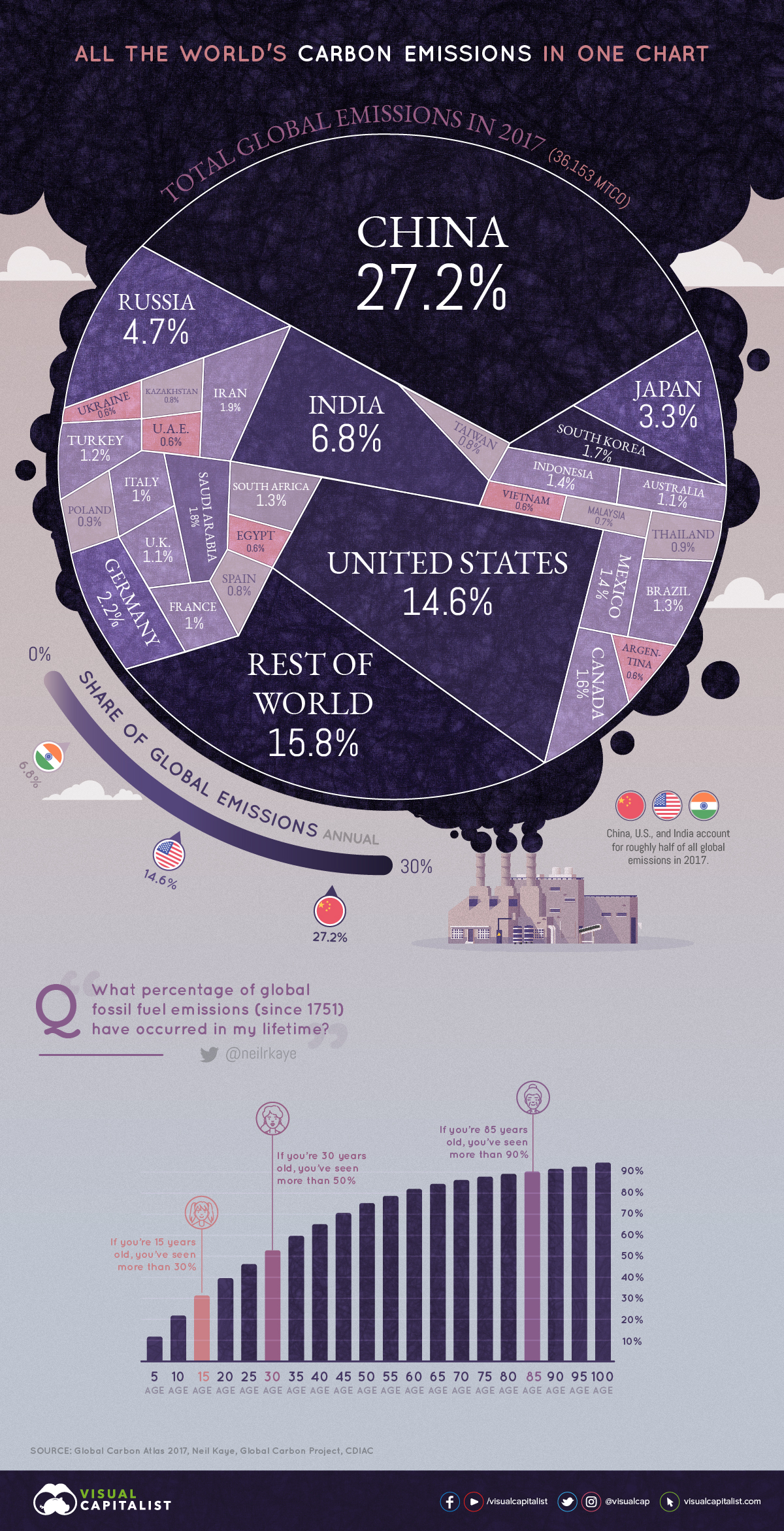



All Of The World S Carbon Emissions In One Giant Chart
Global Covenant of Mayors for Climate and Energy, a global cooperative effort among mayors and city officials to reduce GHG emissions, track this chart shows the quantity of greenhouse gases that are emitted when we use each of these sources of energy Inventory of New York City Greenhouse Gas Emissions in 17 5 17 New York City EnergyFor measuring greenhouse gas emissions, which many cities around the globe recently agreed to use in order to effectively compare their emissions This new, innovative greenhouse gas inventory shows that emissions in 14 dropped 12 percent since 05, despite economic growth, an extremely cold winter, and increased populationTop Ten Places That Emit Greenhouse Gases Created with Highcharts 901 Emissions in 17 (millions of metric tons of carbon dioxide equivalent) Chart title China United States India European Union (27) Russia Indonesia Brazil Japan Iran South Korea 0 2k 4k 6k 8k 10k 12k 14k World101 Council on Foreign Relations CFRorg
For each greenhouse gas, a Global Warming Potential (GWP) has been calculated to reflect how long it remains in the atmosphere, on average, and how strongly it absorbs energy Gases with a higher GWP absorb more energy, per pound, than gases with a lower GWP, and thus contribute more to warming Earth The world's countries emit vastly different amounts of heattrapping gases into the atmosphere The chart above and table below both show data compiled by the International Energy Agency, which estimates carbon dioxide (CO 2) emissions from the combustion of coal, natural gas, oil, and other fuels, including industrial waste and nonrenewable municipal waste The greenhouse gases with the largest contribution to rising temperature are carbon dioxide (CO 2), methane (CH 4), and nitrous oxide (N 2 O) In estimating total emissions, global warming potentials (GWPs) are used to calculate carbondioxide equivalents for methane and nitrous oxide to sum emissions impacts over different gases
Greenhouse gases are not a bad thing in themselves, but too much of them in the atmosphere leads to an increase in the greenhouse effect and global warming ThereHuman emissions of carbon dioxide and other greenhouse gases – are a primary driver of climate change – and present one of the world's most pressing challenges 1 This link between global temperatures and greenhouse gas concentrations – especially CO 2 – has been true throughout Earth's history 2 To set the scene, let's look at how the planet has warmedIt took ~240 years for the AGGI to go from 0 to 1, ie, to reach 100%, and 30 years for it to increase by another 47% In terms of CO 2 equivalents, the atmosphere in contained 504 ppm, of which 412 is CO 2 alone The rest comes from other



1
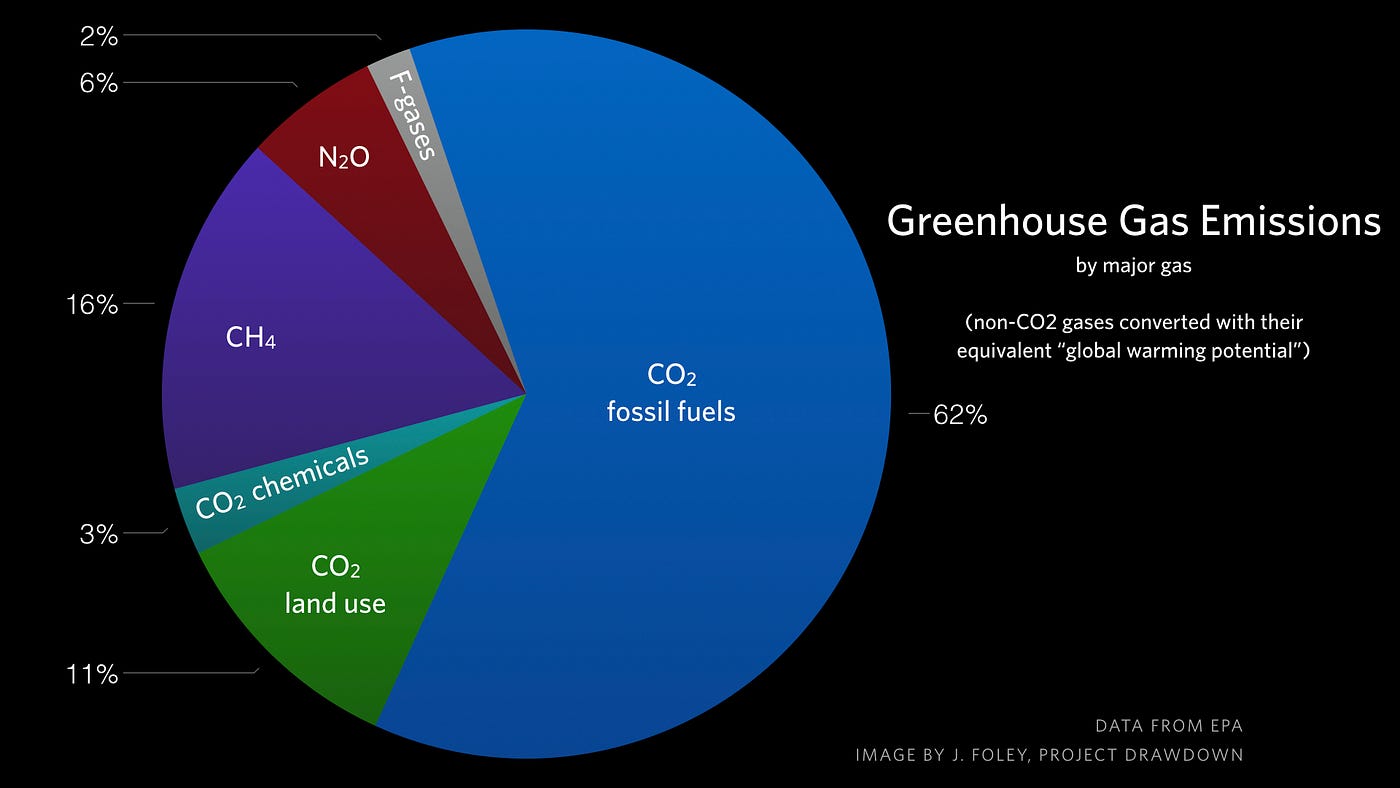



Major Causes Of Climate Change Globalecoguy Org
The graph to the right shows which activities produce the most greenhouse gases in the United States These greenhouse gases don't just stay in one place after they're added to the atmosphere As air moves around the world, greenhouse gases become globally mixed, which means the concentration of a greenhouse gas like carbon dioxide is roughly the same no matter Global average carbon dioxide concentrations for July 17 measured by NASA's Orbiting Carbon Observatory2 (OCO2) Carbon dioxide (CO 2) is an important greenhouse gas that is released through human activities such as burning fossil fuels and deforestation, as well as natural processes such as plant respiration and volcanic eruptionsOnce CO 2 is added to the2 GREENHOUSE GAS THRESHOLDS No single land use project could generate enough GHG emissions to noticeably change the global average temperature Cumulative GHG emissions, however, contribute to global climate change and its significant adverse environmental impacts Thus, the primary goal in adopting GHG significance
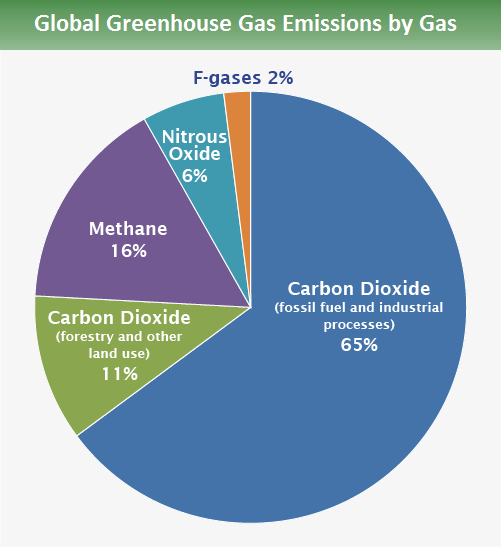



Global Greenhouse Gas Emissions Data Us Epa




One Chart That Shows Just How Skewed Global Emissions Are World Economic Forum
One chart that shows just how skewed global emissions are China, the US and the EU produce 14 times more than the bottom 100 countries Global warming is the ultimate international problem It doesn't matter where you live, climate change is the most serious threat the planet faces today When it comes to the sources of the greenhouse gasesLet's consider the principal GHGs one at a time, starting with water vapor, the most abundant greenhouse gas in the atmosphere according to NOAA's National Climatic Data Center (NCDC) Water Vapor Carbon Dioxide (CO 2) Methane (CH 4) Nitrous oxide (N 2 O) Fluorinated Gases (HFCs, PFCs, SF 6) References and ResourcesProperties of the gases involved (indicated by their global warming potential), and the concentrations of other greenhouse gases already present in the atmosphere Further, many greenhouse gases reside in the atmosphere for centuries after being emitted, thereby introducing a longterm commitment to positive radiative forcing
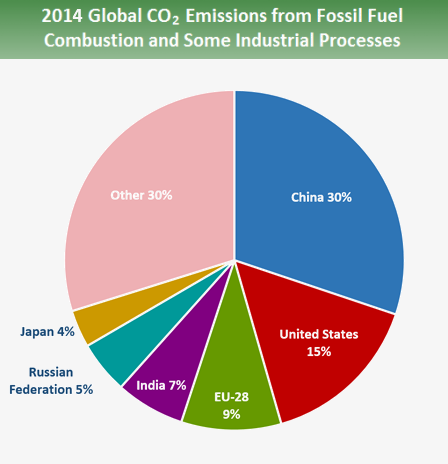



Global Greenhouse Gas Emissions Data Us Epa




Predicted Global Greenhouse Gas Emissions By Sres Scenario Download Scientific Diagram
This chart shows the change in global greenhouse gas emissions over time Greenhouse gases are measured in 'carbon dioxideequivalents' (CO 2 e) Today, we collectively emit around 50 billion tonnes of CO 2 e each year This is more than 40% higher than emissions in 1990, which were around 35 billion tonnesThis is a list of countries by total greenhouse gas (GHG) annual emissions in 16 It is based on data for carbon dioxide, methane (CH 4), nitrous oxide (N 2 O), perfluorocarbons (PFCs), sulfur hexafluoride (SF6) and hydrofluorocarbons (HFCs) emissions compiled by the World Resources Institute (WRI) The table below separately provides emissions data calculated on the basis ofGWPs can also be used to define the impact greenhouse gases will have on global warming over different time periods or time horizons These are usually years, 100 years, and 500 years A time horizon of 100 years is used by regulators (eg, the California Air Resources Board) CARB maintains a list of GWPs for some common refrigerants
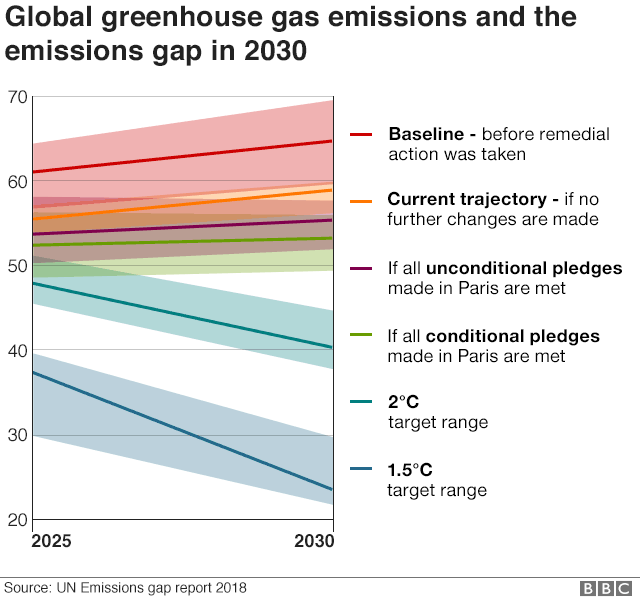



Climate Change Co2 Emissions Rising For First Time In Four Years c News
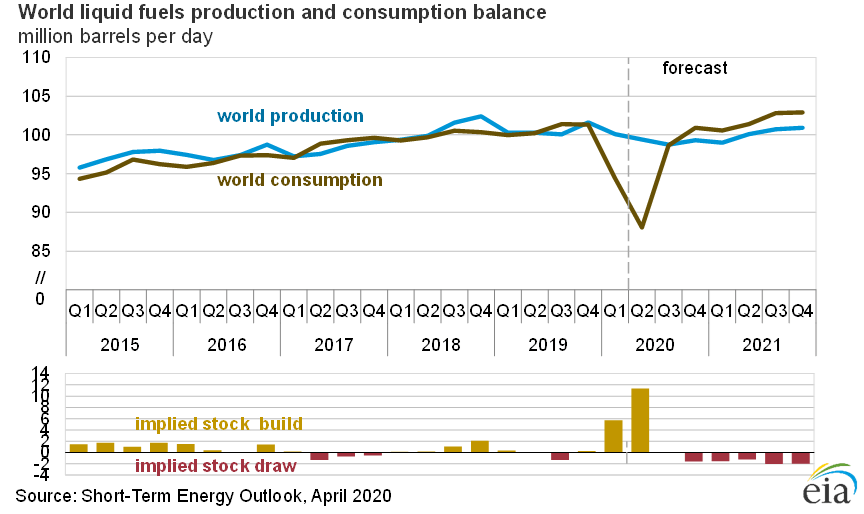



Forecast U S Greenhouse Gas Emissions To Fall 7 5 Percent In Mpr News
Food production is responsible for 26% of global greenhouse gas emissions; Graph by NOAA Climategov based on data from NOAA ESRL According to the 19 AGGI report, the combined heating influence of the longlived, humanproduced greenhouse gases is 314 Watts for every square meter of Earth's surface Just over 80 percent of that is due to carbon dioxide (66%) and methane (16%)Draw a large class TChart on the blackboard or overhead projector for all to see Place Greenhouse Effect on one side and Global Warming on the other side 3 Allow students to work for 34 minutes to brainstorm and write down what they know about these topics 4 After a few minutes allow for sharing of all ideas




Greenhouse Gases A Student S Guide To Global Climate Change Us Epa Greenhouse Gases Climate Change Activities Climate Change
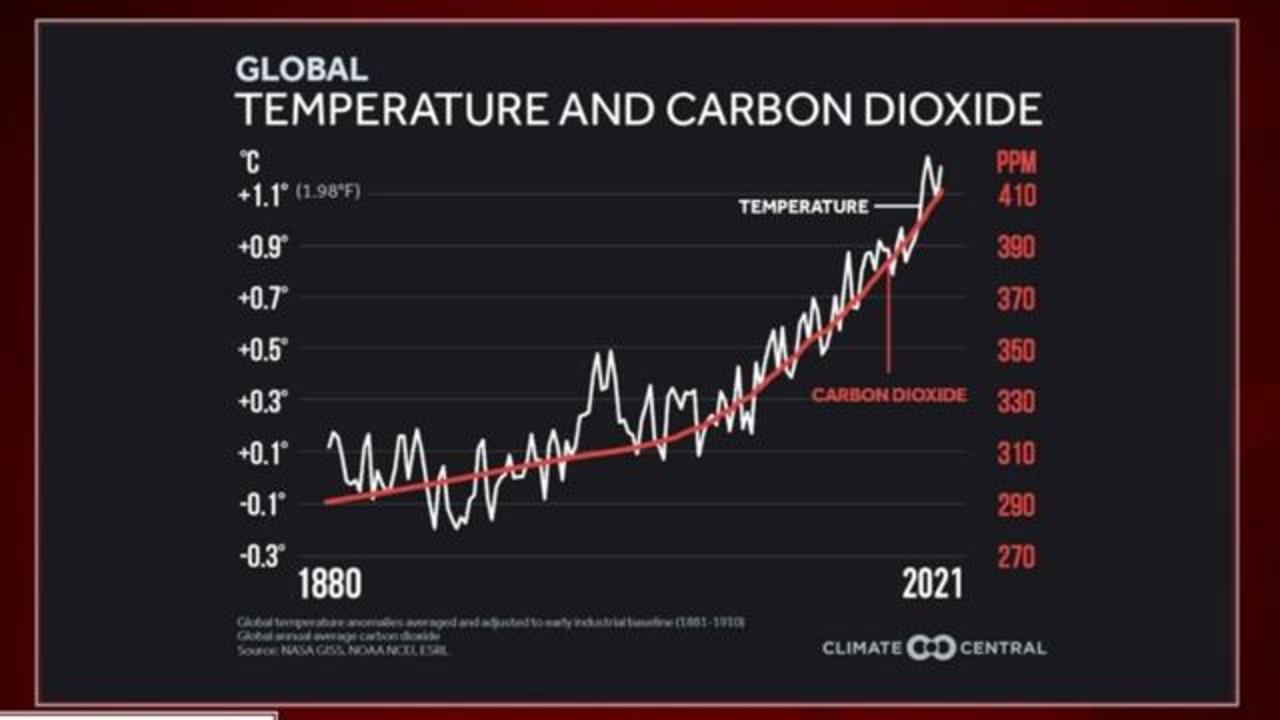



Climate Change Carbon Dioxide Levels Are Higher Than They Ve Been At Any Point In The Last 3 6 Million Years Cbs News
Global emissions in 16 (minus crossboundary emissions), as the sum of those in the chart, was approximately 34 to 35 billion tonnes of CO 2 Adding one billion individuals with a per capita footprint of 113 tCO 2 per person per year would equal an addition 11 billion tonnes of CO 2 per year (1 billion*113 = 113 billion tonnes)This graph displays the breakdown of greenhouse gas (GHG) emissions by economic sector GHG emissions from the transportation sector increased 233% from 1990 to 18 This growth contrasts with the electricity sector, which was the highestemitting sector until transportation surpassed it8 rows Greenhouse gas Chemical formula Global Warming Potential, 100year time horizon Atmospheric
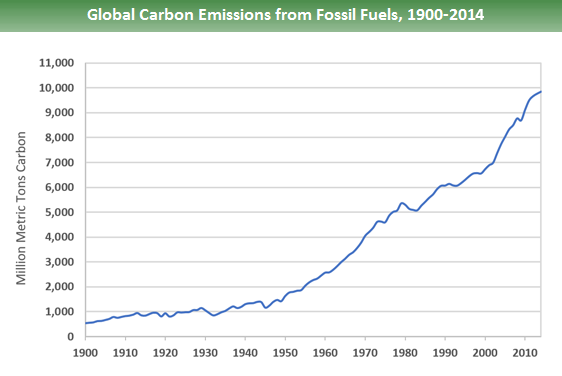



Global Greenhouse Gas Emissions Data Us Epa
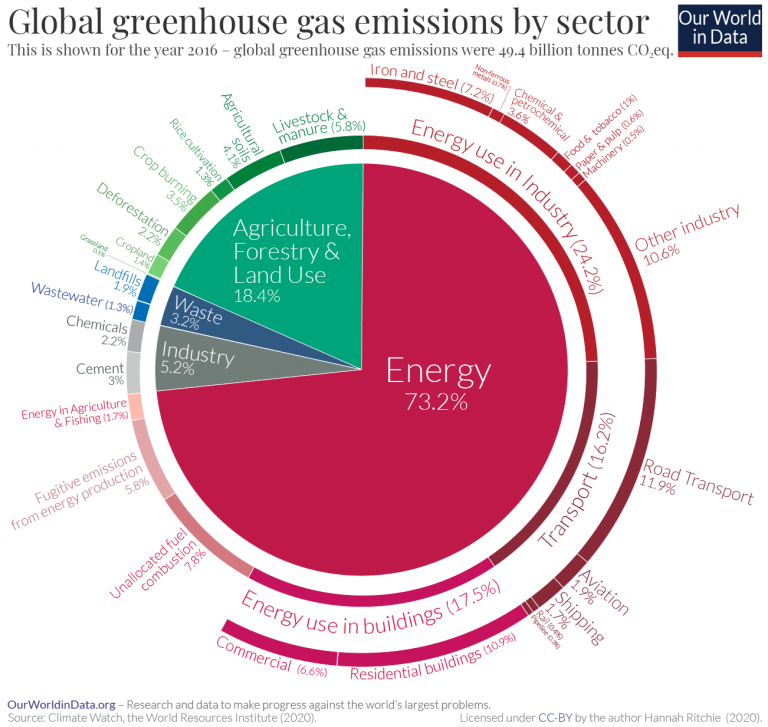



Sector By Sector Where Do Global Greenhouse Gas Emissions Come From Our World In Data
Carbon dioxide (CO 2) is the primary greenhouse gas emitted through human activities In 19, CO 2 accounted for about 80 percent of all US greenhouse gas emissions from human activities Carbon dioxide is naturally present in the atmosphere as part of the Earth's carbon cycle (the natural circulation of carbon among the atmosphere, oceans, soil, plants, and animals)Greenhouse Gases The three most common types of greenhouse gases are Carbon Dioxide (CO 2) Carbon dioxide enters the atmosphere through the burning of fossil fuels (oil, natural gas, and coal), solid waste, trees and wood products, and as a result of other chemical reactions such as making cementCarbon dioxide is removed from the atmosphere and stored when it is absorbedGlobal greenhouse gas emissions are about 50 Gt per year (66t per person) and for 19 have been estimated at 57 Gt CO2 eq including 5 Gt due to land use change Carbon dioxide (CO 2), nitrous oxide (N 2 O), methane, three groups of fluorinated gases (sulfur hexafluoride (SF



Greenhouse Gas Emissions Our World In Data



Breakdown Of Global Greenhouse Gas Emissions Attributable To Cattle Download Scientific Diagram
The heattrapping nature of carbon dioxide and other gases was demonstrated in the mid19th century 2 Their ability to affect the transfer of infrared energy through the atmosphere is the scientific basis of many instruments flown by NASA There is no question that increased levels of greenhouse gases must cause Earth to warm in response The graphic paints a picture of how that looks for each country China's emissions for energy alone make up nearly percent of total global discharge of greenhouse gases In The Global Monitoring Laboratory conducts research on greenhouse gas and carbon cycle feedbacks, changes in clouds, aerosols, and surface radiation, and recovery of stratospheric ozone




Report 3 How Do Greenhouse Gases Cause Global Warming Hinkle Charitable Foundation




Greenhouse Gases A Student S Guide To Global Climate Change Us Epa
This chart summarizes the global sources of greenhouse gases If there's one key takeaway from this chart, it's this No single piece of the global economy accounts for the lion's share of greenhouse gas emissions In other words, there's no main culprit, no magic bulletAnd food waste is responsible for 24% of that figure Therefore food waste as a share of global emissions is 24% * 26 = 6% Latest data from the World Resource Institute's CAIT Climate Data Explorer reports that aviation accounts for 19% of global greenhouse gas emissions Food losses and wasteIn discussions on climate change, we tend to focus on carbon dioxide (CO 2) – the most dominant greenhouse gas produced by the burning of fossil fuels, industrial production, and land use change But CO 2 is not the only greenhouse gas that is driving global climate change There are a number of others – methane, nitrous oxide, and trace gases such as the group of 'Fgases' –



Chart China Leads Greenhouse Gas Emissions Worldwide Statista



Simple
4 rows Global Greenhouse Gas Emissions Worldwide, net emissions of greenhouse gases from human Greenhouse gases include carbon dioxide, methane, and nitrous oxides Scientists have determined that carbon dioxide's warming effect helps stabilize Earth's atmosphere Remove carbon dioxide, and the terrestrial greenhouse effect would collapse Without carbon dioxide, Earth's surface would be some 33 °C (59 °F) cooler Globally, the primary sources of greenhouse gas emissions are electricity and heat (31%), agriculture (11%), transportation (15%), forestry (6%) and manufacturing (12%) Energy production of all types accounts for 72 percent of all emissions




Global Gas Emissions Climate Energy And Society College Of Liberal Arts Auburn University
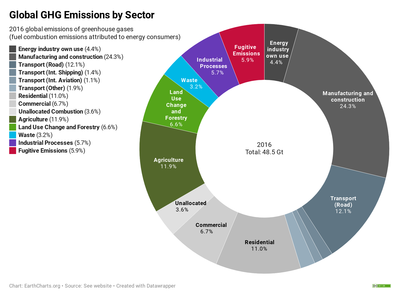



Greenhouse Gas Emissions Wikipedia
Carbon dioxide (CO 2) is an important heattrapping (greenhouse) gas, which is released through human activities such as deforestation and burning fossil fuels, as well as natural processes such as respiration and volcanic eruptionsThe first graph shows atmospheric CO 2 levels measured at Mauna Loa Observatory, Hawaii, in recent years, with average seasonal cycle



Global Greenhouse Gas Emissions Plotted In Bar Mekko Sample Charts




The Greenhouse Gases Airclim
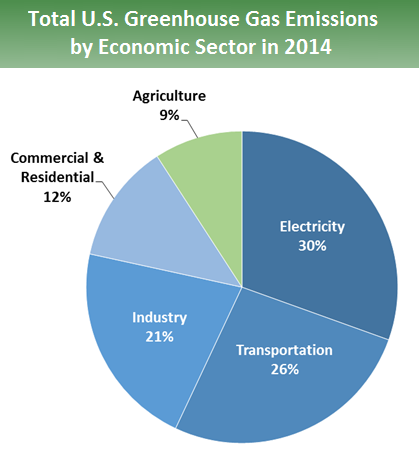



Sources Of Greenhouse Gas Emissions Greenhouse Gas Ghg Emissions Us Epa
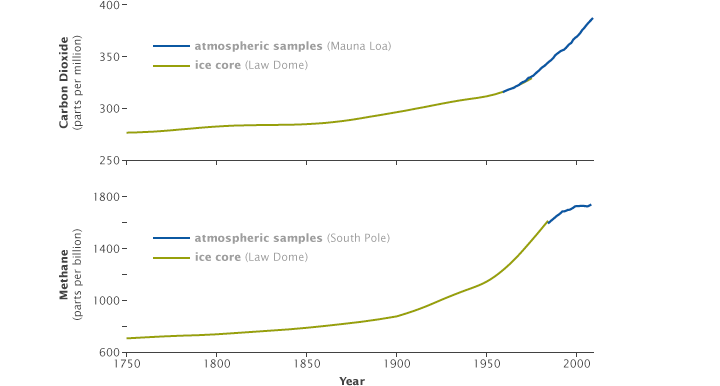



Global Warming




Co And Greenhouse Gas Emissions Our World In Data




Noaa Esrl Global Monitoring Laboratory The Noaa Annual Greenhouse Gas Index Aggi
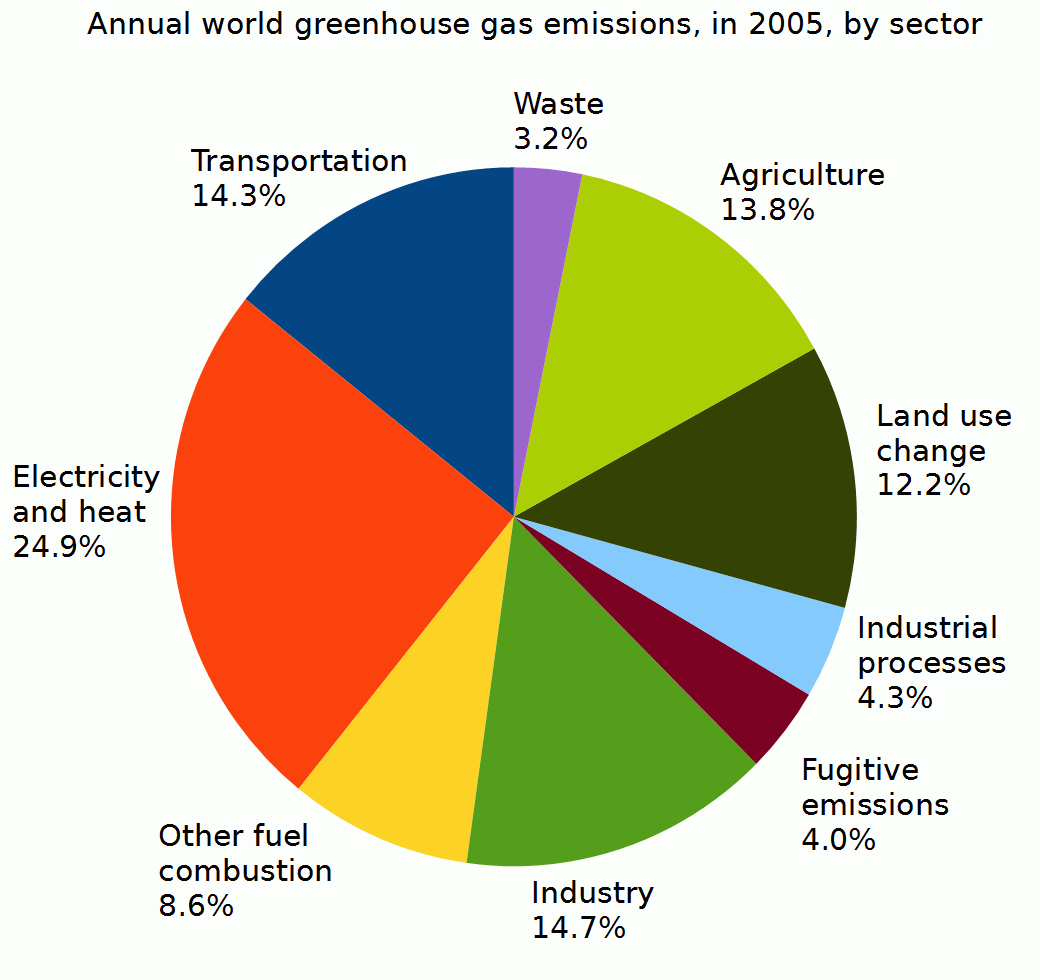



File Annual World Greenhouse Gas Emissions In 05 By Sector Png Wikimedia Commons




Indicator Annual Greenhouse Gas Index Indicator Annual Greenhouse Gas Index Gcis



Chart World S Biggest Economies Ramp Up Their Emissions Statista




Ghg 101 Understanding Greenhouse Gases Canada S Oil Sands Innovation Alliance Cosia



1



File Greenhouse Gas By Sector 00 Svg Wikimedia Commons




4 Ways To Cut Plastic S Growing Greenhouse Gas Emissions Inside Climate News




Greenhouse Effect 101 Nrdc
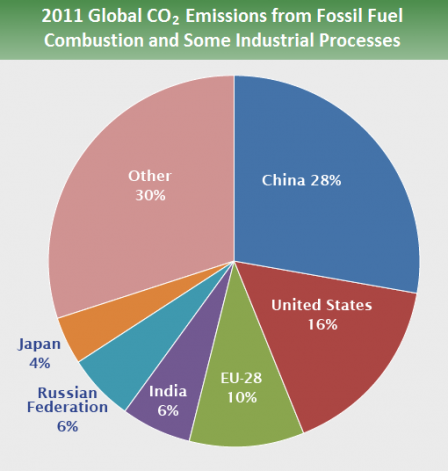



Greenhouse Gases Part Iii Global Emissions By Country Rideshark




File Global Greenhouse Gas Emissions By Sector 1990 05 In Carbon Dioxide Equivalents Epa 10 Png Wikimedia Commons
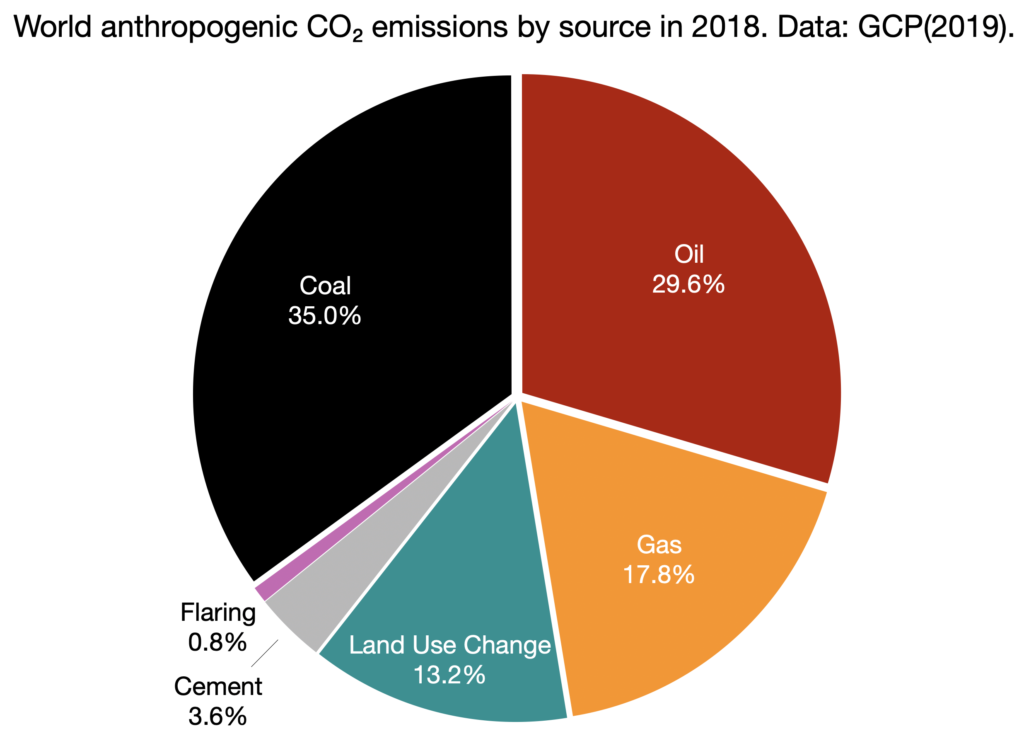



Greenhouse Gas Emissions World Energy Data
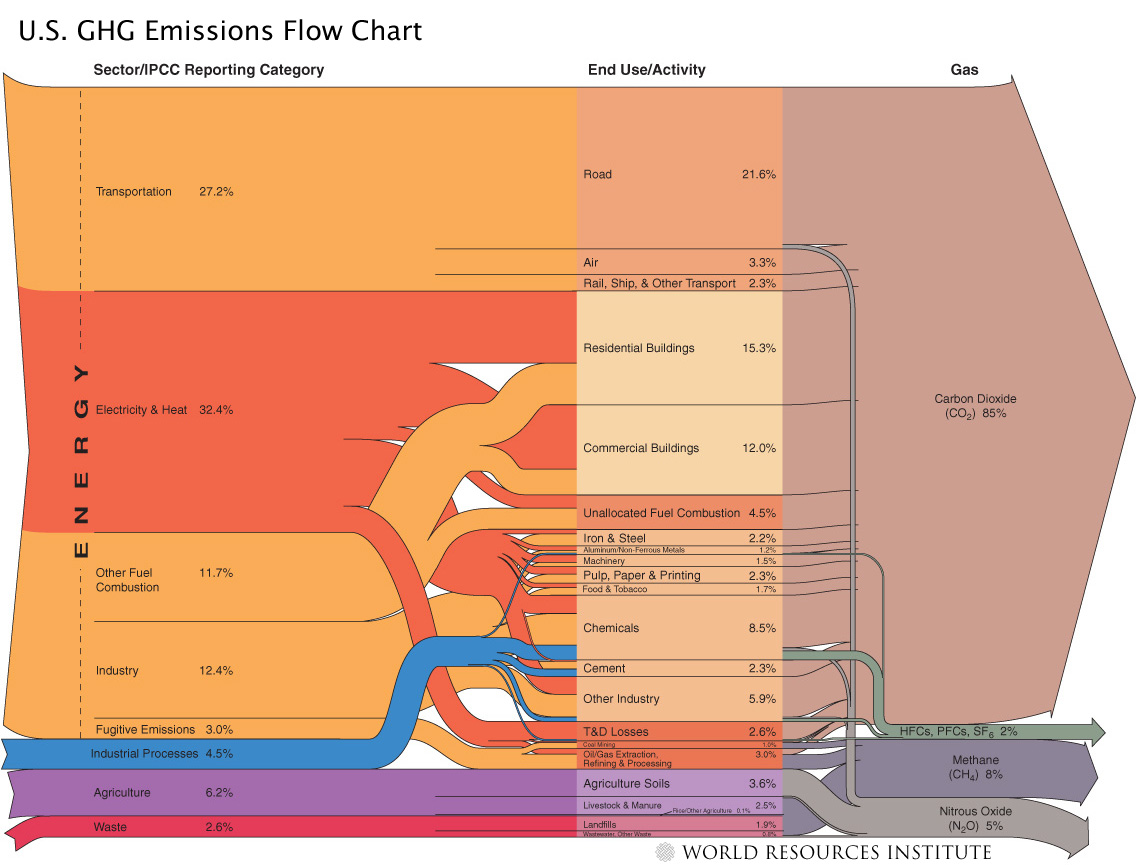



How Much Does Animal Agriculture And Eating Meat Contribute To Global Warming




Greenhouse Gases Copernicus




France Greenhouse Gas Emissions Decreased By 16 9 From 1990 Levels Climate Scorecard




1 4 Reduction Of Greenhouse Gas Ghg Emission Egee 439 Alternative Fuels From Biomass Sources



Co And Greenhouse Gas Emissions Our World In Data




Global Emissions Center For Climate And Energy Solutions
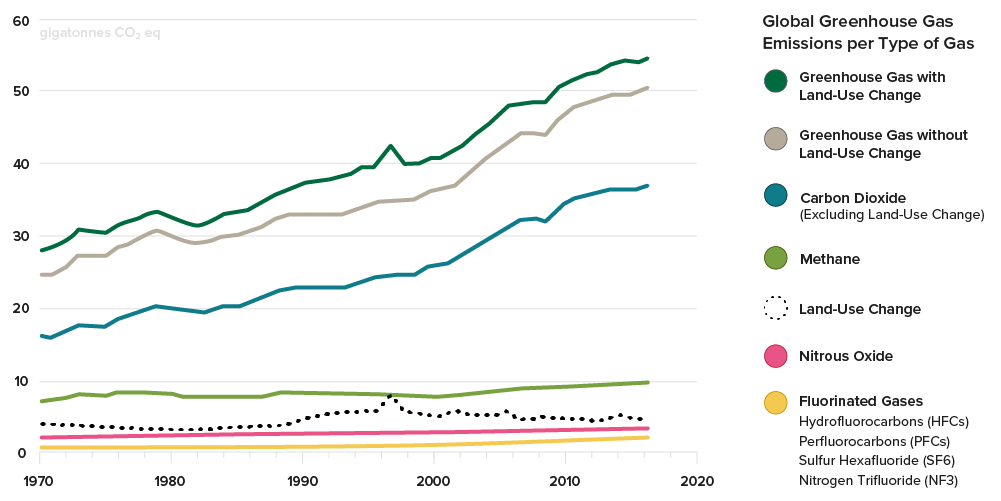



Carbon Emissions Forestry Carbon Credits The Arbor Day Foundation




Ghg Flow Chart Ghg Emissions Greenhouse Gases Greenhouse Gas Emissions




Greenhouse Gases Copernicus
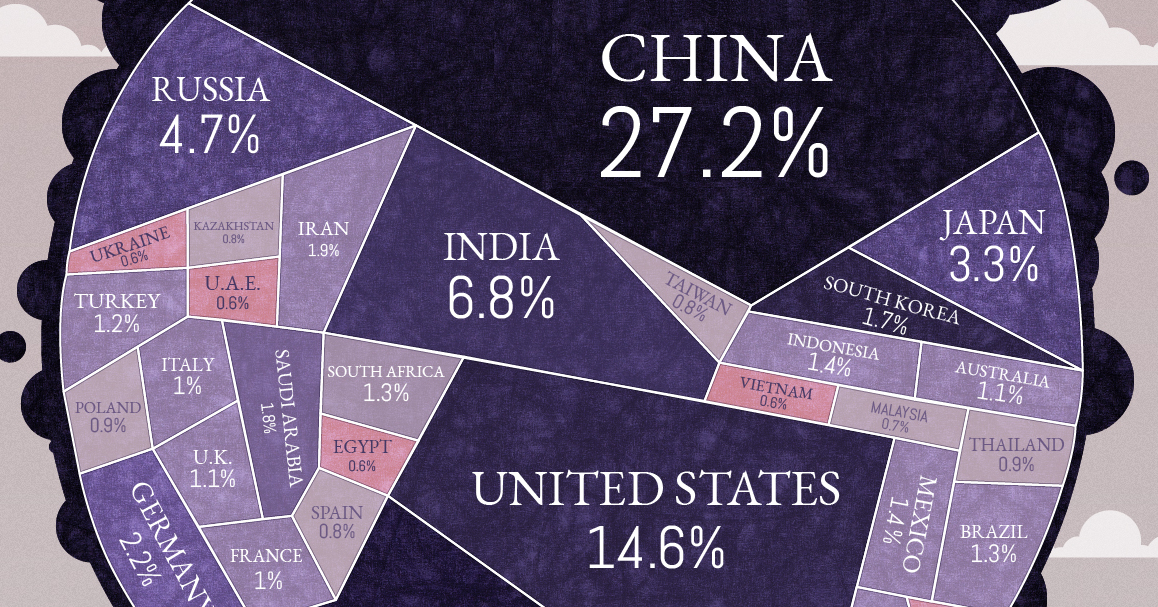



All Of The World S Carbon Emissions In One Giant Chart



Pbl Nl
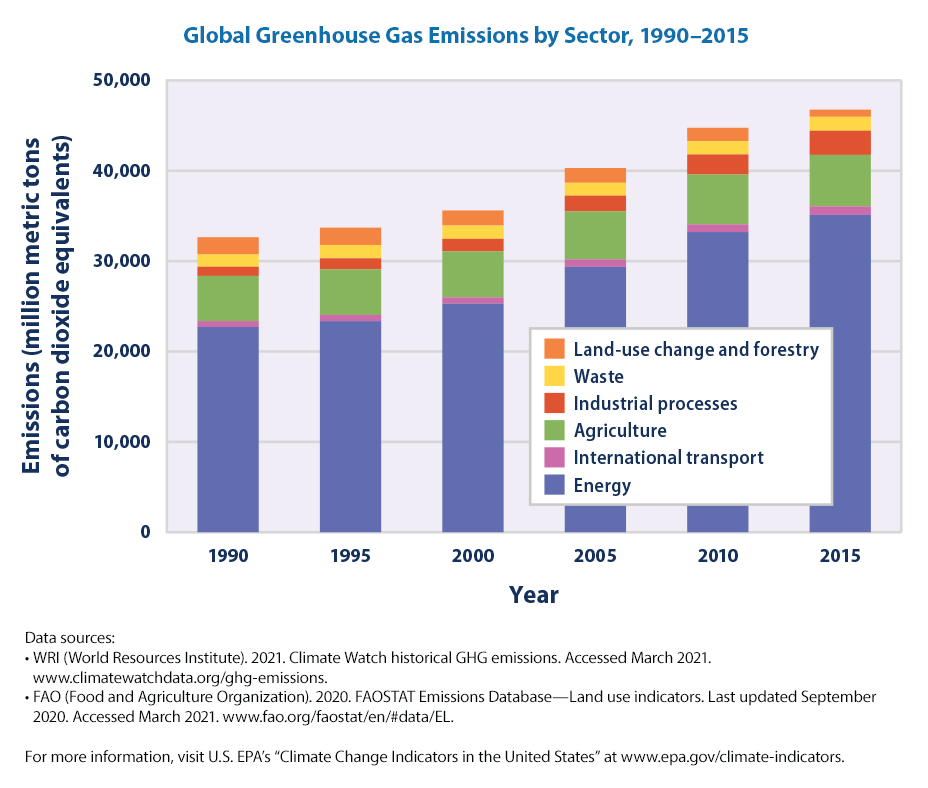



Climate Change Indicators Global Greenhouse Gas Emissions Us Epa




What Would Happen To The Climate If We Stopped Emitting Greenhouse Gases Today
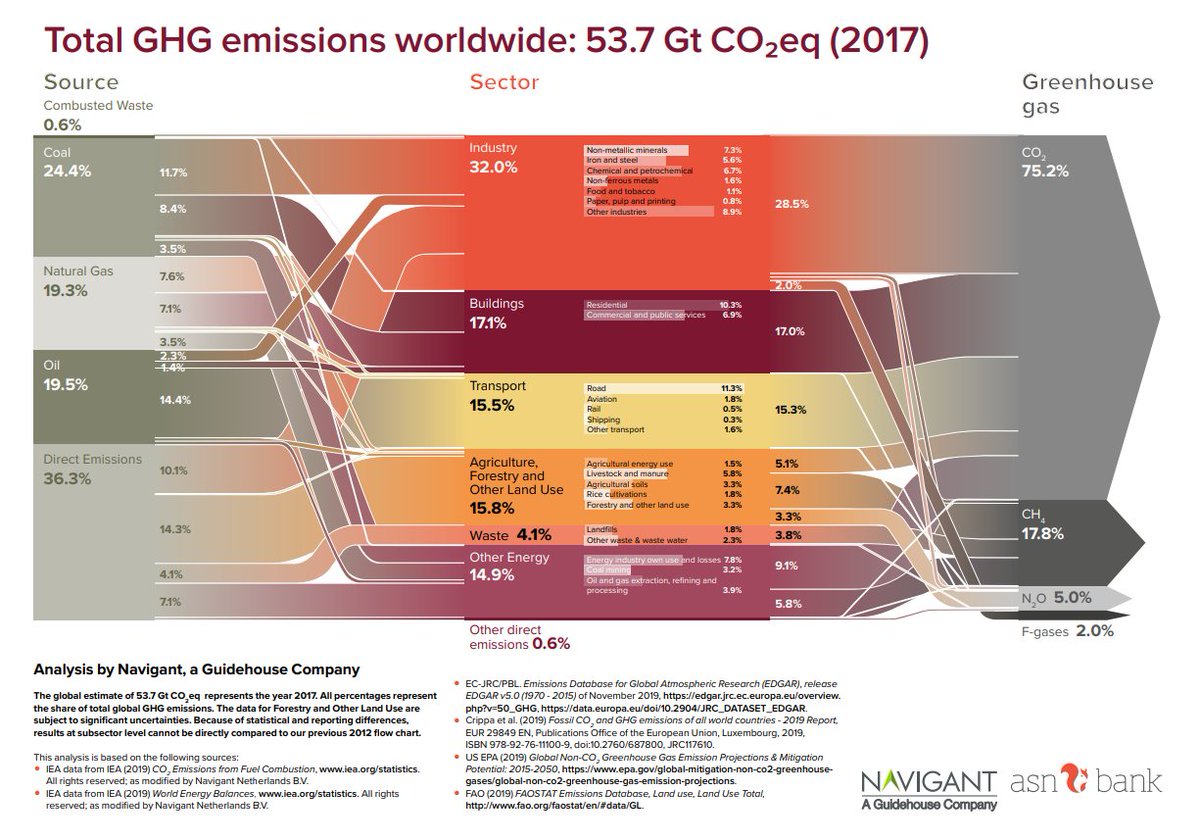



Guidehouse Energy Sustainability Infrastructure Coal Still Responsible For Quarter Of Global Greenhouse Gas Emissions Navigantenergy And Asnbank Publish Update Of World Ghg Emissions Flowchart Download T Co Vq58kwnmc4




Greenhouse Gases Have Soared To Record Levels Wmo Climate Central




Greenhouse Gas Emissions By Country And Sector Infographic News European Parliament




China S Greenhouse Gas Emissions Exceeded The Developed World For The First Time In 19 Rhodium Group
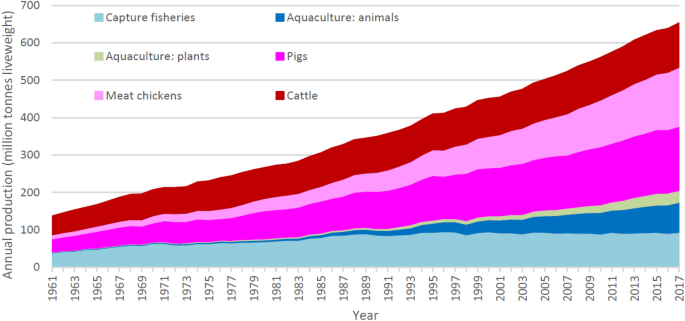



Quantifying Greenhouse Gas Emissions From Global Aquaculture Scientific Reports



Global Greenhouse Gas Emissions By Country And Sector Used Cait As Data Source Climatechange




All Of The World S Carbon Emissions In One Giant Chart
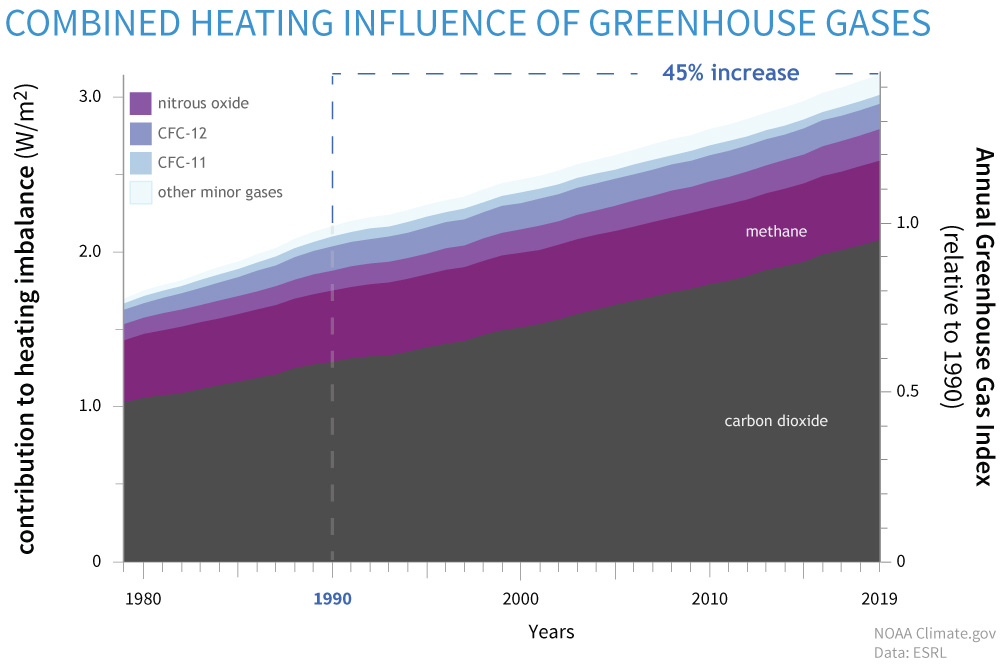



Are Humans Causing Or Contributing To Global Warming Noaa Climate Gov




Which Gases Are Greenhouse Gases American Chemical Society



Global Warming A Closer Look At The Numbers




5 Charts Show How Your Household Drives Up Global Greenhouse Gas Emissions Pbs Newshour Weekend
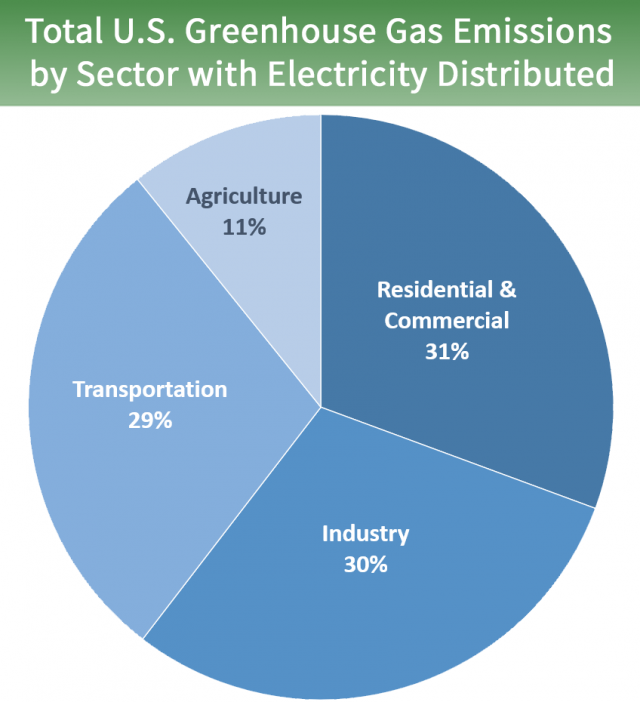



Sources Of Greenhouse Gas Emissions Us Epa




This Graph Shows How The Total Amount Of Greenhouse Gas Emissions Has Been Increasing Around The World Greenhouse Gases Climate Change Greenhouse Gas Emissions




Emissions Of The Powerful Greenhouse Gas Sf6 Are Rising Rapidly World Economic Forum
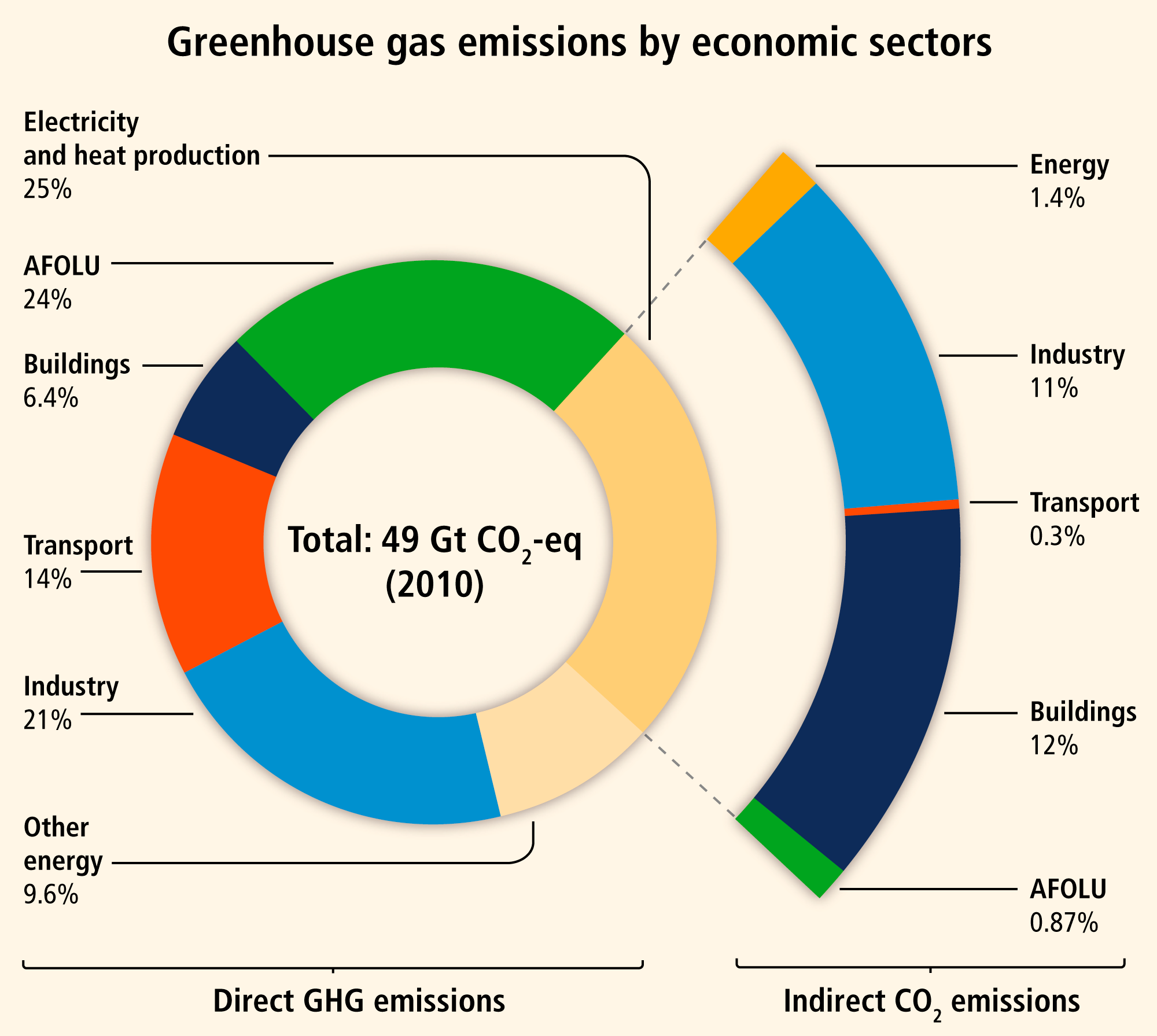



Topic 1 Observed Changes And Their Causes Ipcc




Global Greenhouse Gas Emissions By Economic Sector 10 Download Scientific Diagram
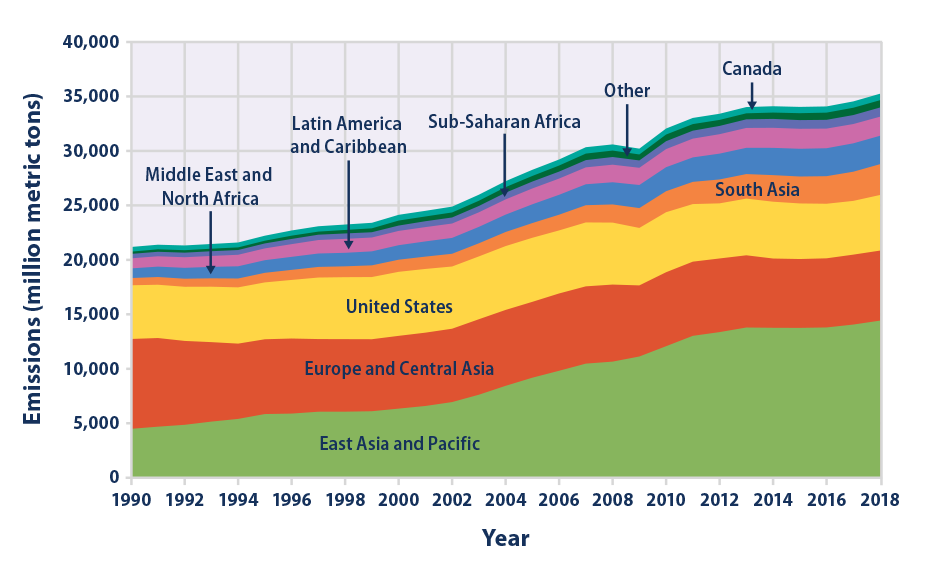



Climate Change Indicators Global Greenhouse Gas Emissions Us Epa
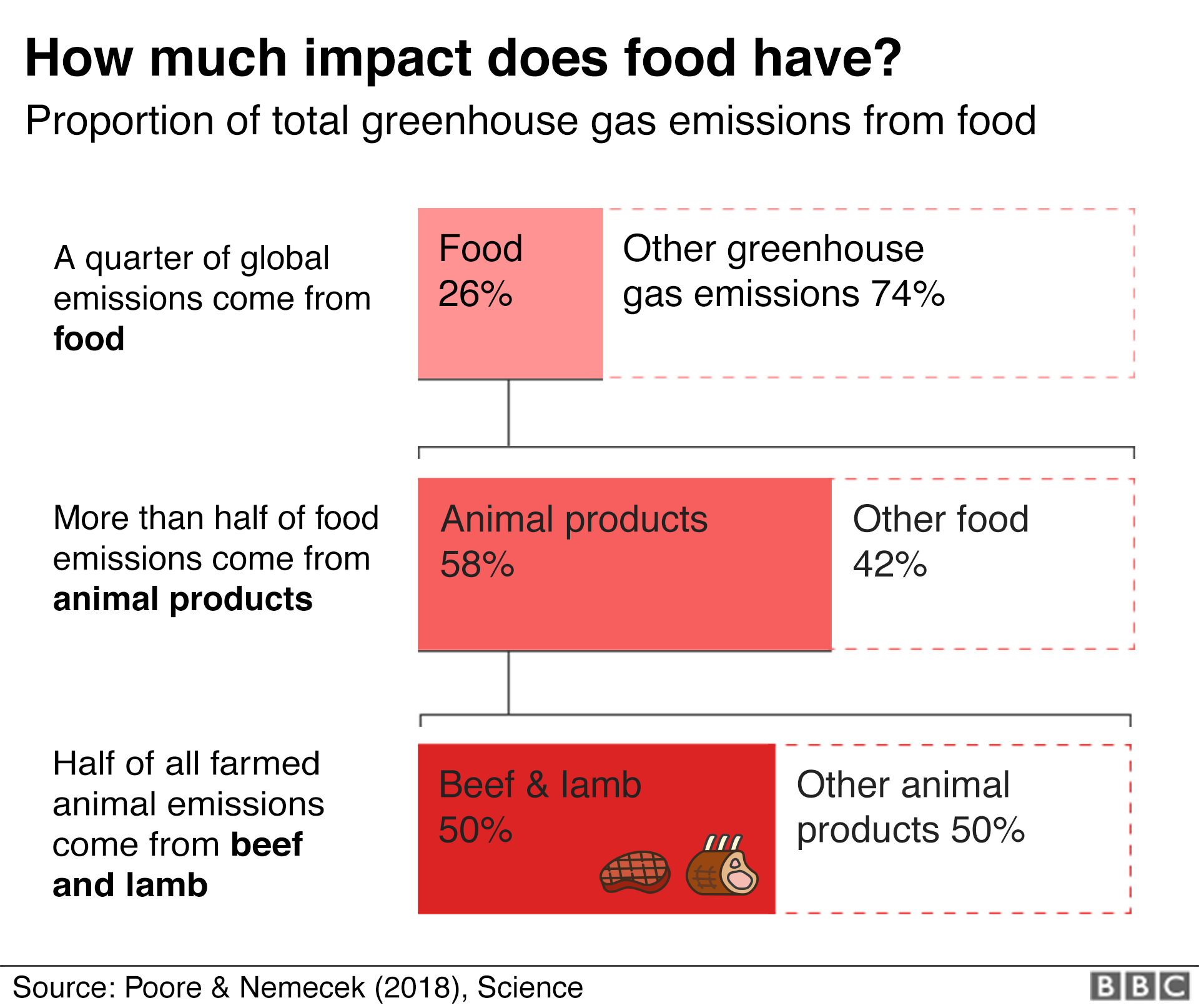



Climate Change Food Calculator What S Your Diet S Carbon Footprint c News
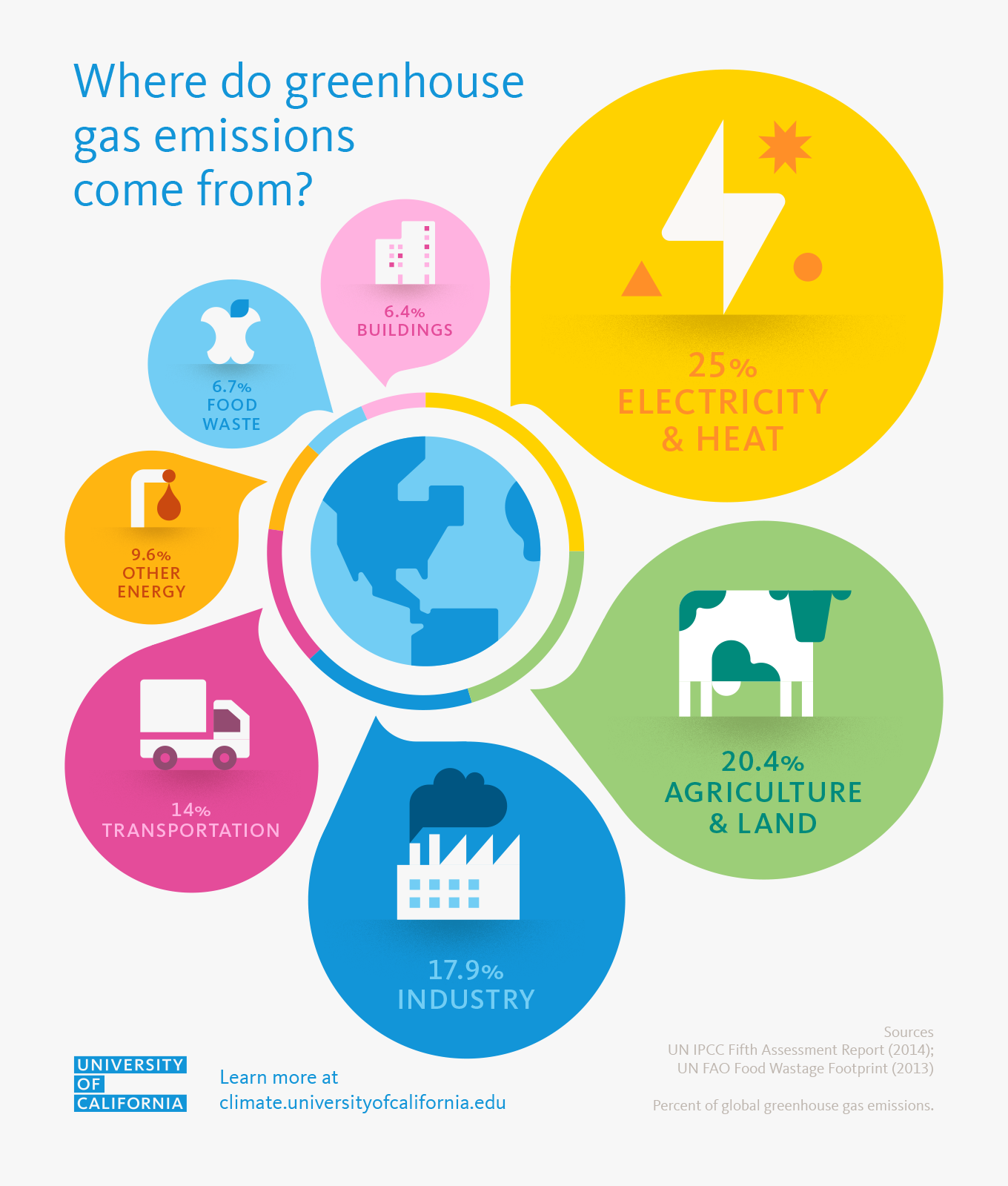



Where Do Greenhouse Gas Emissions Come From University Of California



Chart Europe S Biggest Greenhouse Gas Emitters Statista
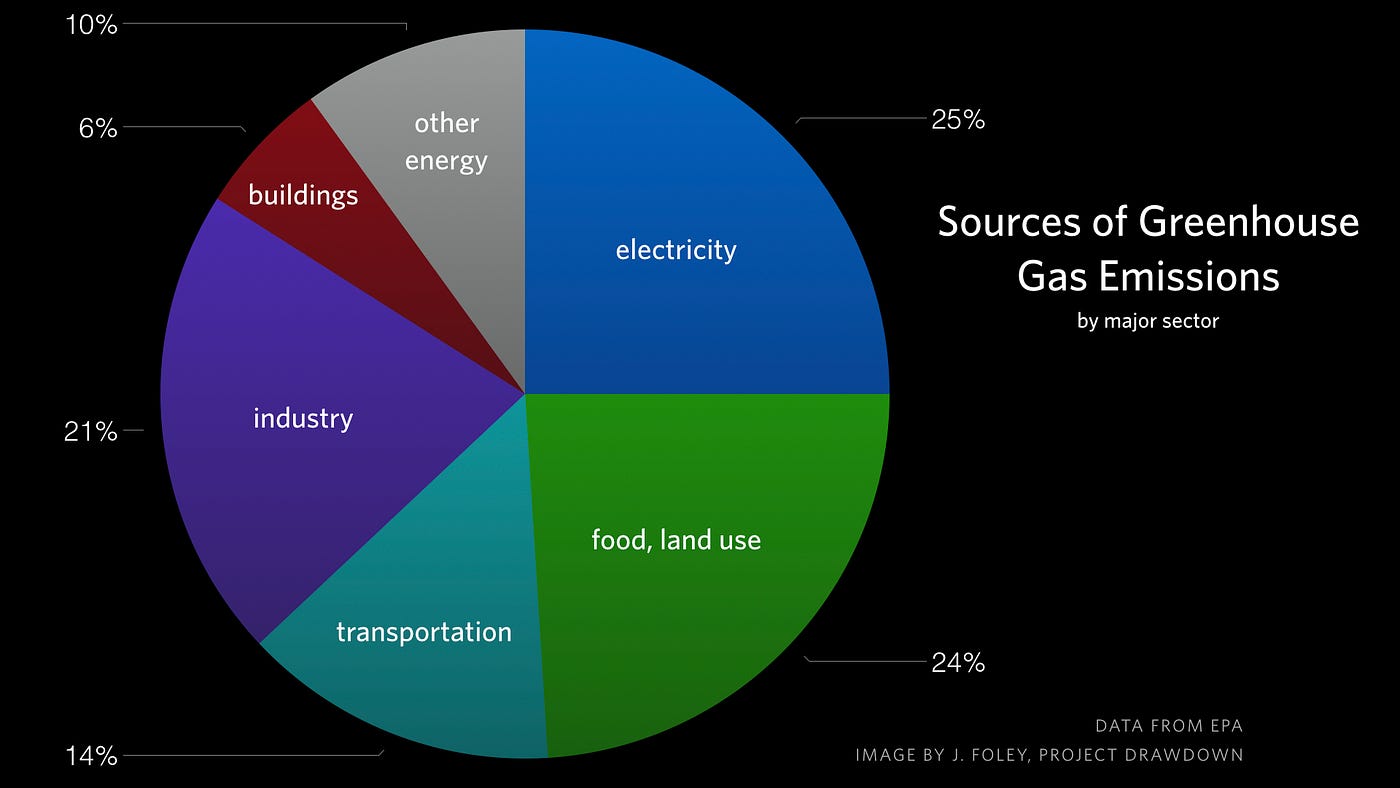



Major Causes Of Climate Change Globalecoguy Org




The European Union S 50 Global Greenhouse Gas Emissions Goal Is Unrealistic Global Energy Institute
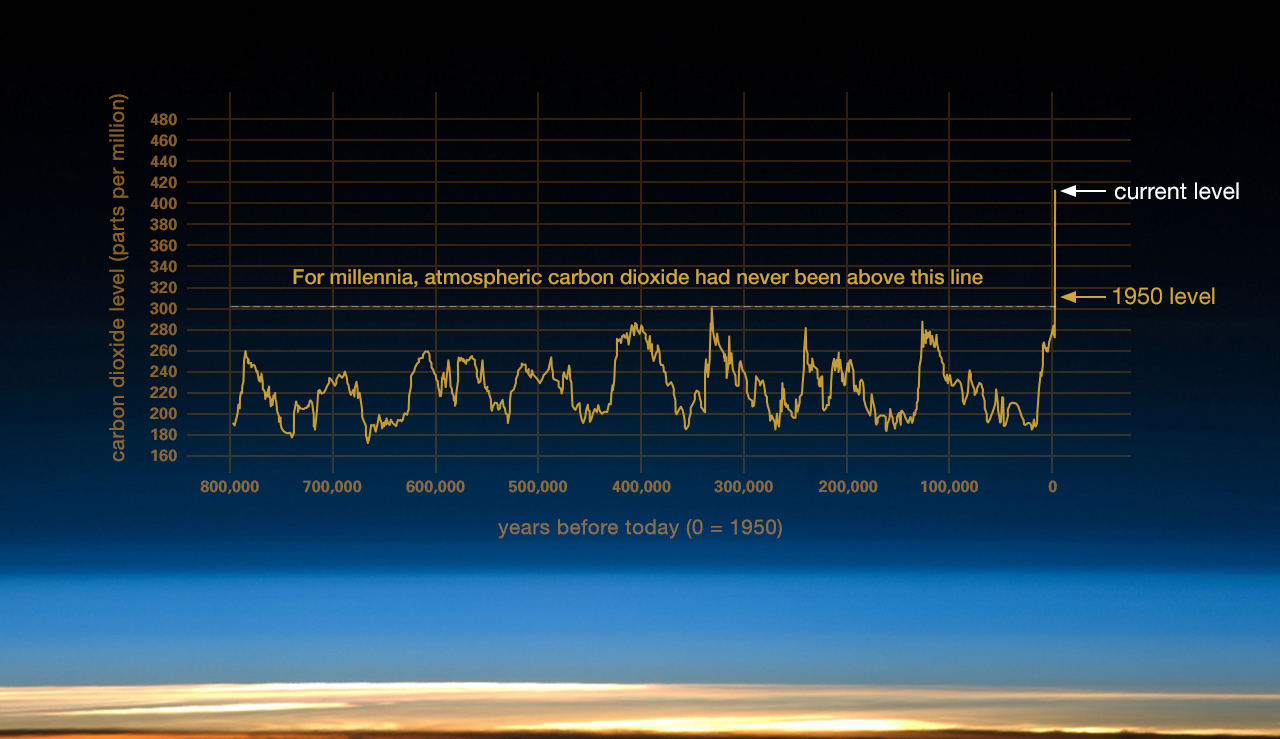



Evidence Facts Climate Change Vital Signs Of The Planet




Chart Of The Day Greenhouse Gas Pollution In California Streets Mn



Co And Greenhouse Gas Emissions Our World In Data
/cdn.vox-cdn.com/assets/4250823/ecofys-world-ghg-emissions-flowchart.png)



Where Do Greenhouse Gas Emissions Come From Vox




This Interactive Chart Shows Changes In The World S Top 10 Emitters Cleantechnica
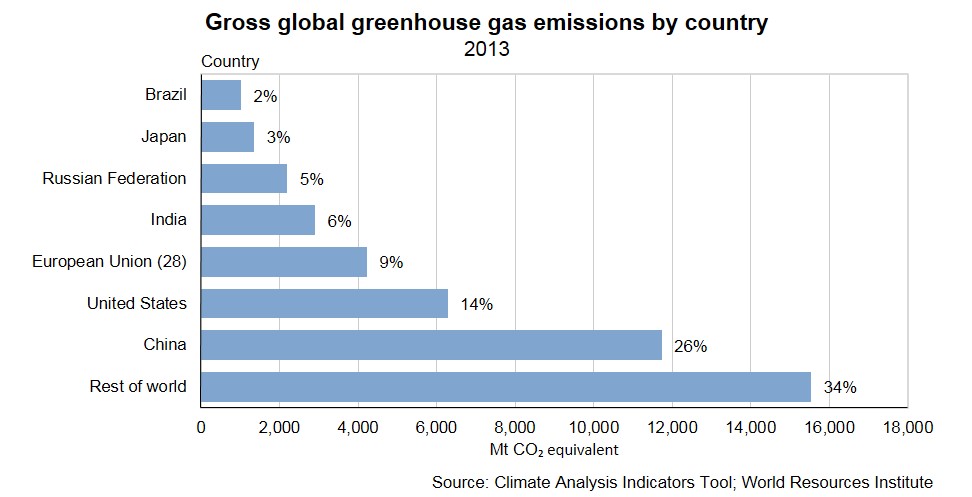



Global Greenhouse Gas Emissions Stats Nz



Greenhouse
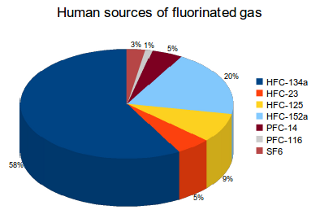



What Are High Global Warming Potential Gases What S Your Impact




Climate Change Annual Greenhouse Gas Index Noaa Climate Gov




Charts Of The Week Tackling Climate Change




How Each Country S Share Of Global Co2 Emissions Changes Over Time World Economic Forum




Co2 Emissions Our World In Data




Greenhouse Gas Emissions Plunged 17 Percent During Pandemic The Washington Post




1 Global Greenhouse Gas Emissions From All Sources Download Scientific Diagram




Scale Distribution And Variations Of Global Greenhouse Gas Emissions Driven By U S Households Sciencedirect
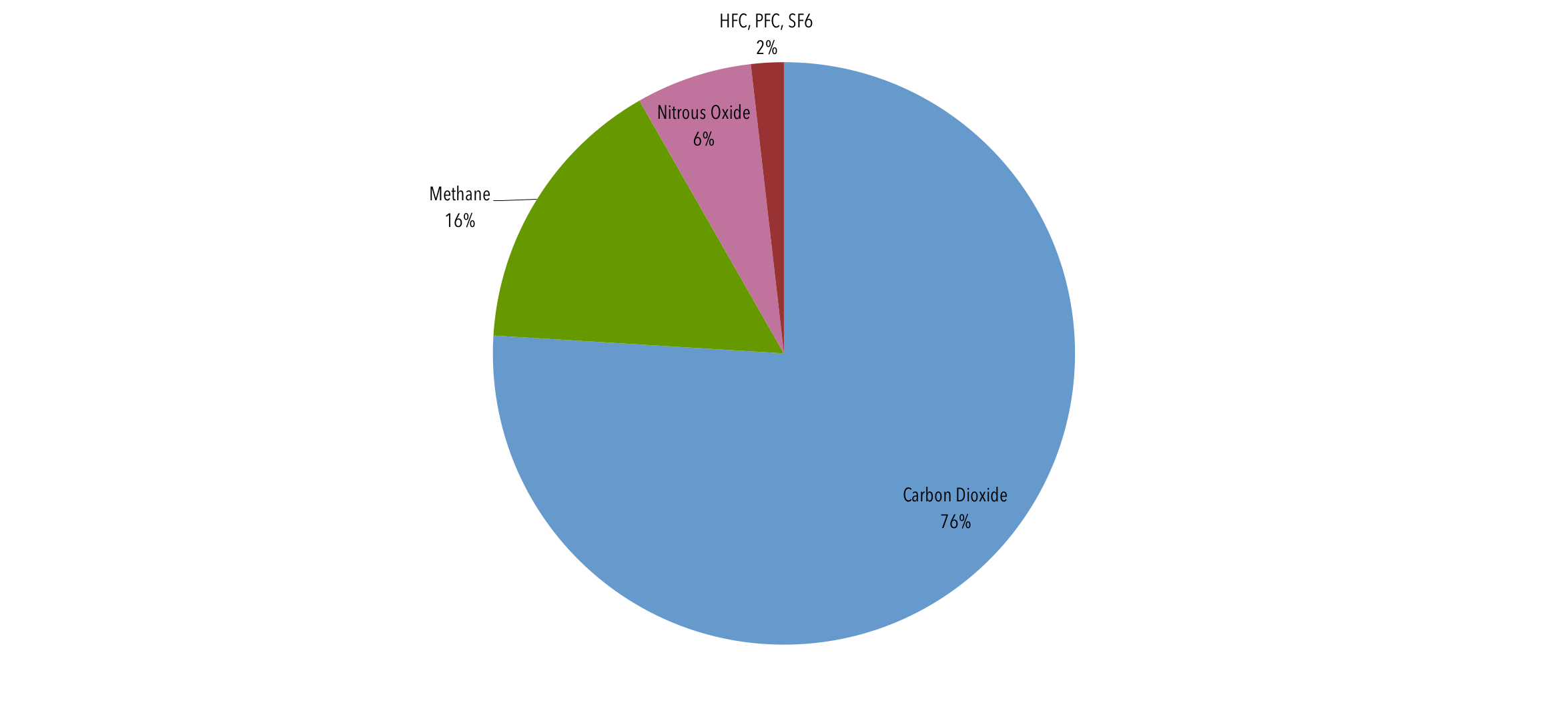



Global Emissions Center For Climate And Energy Solutions
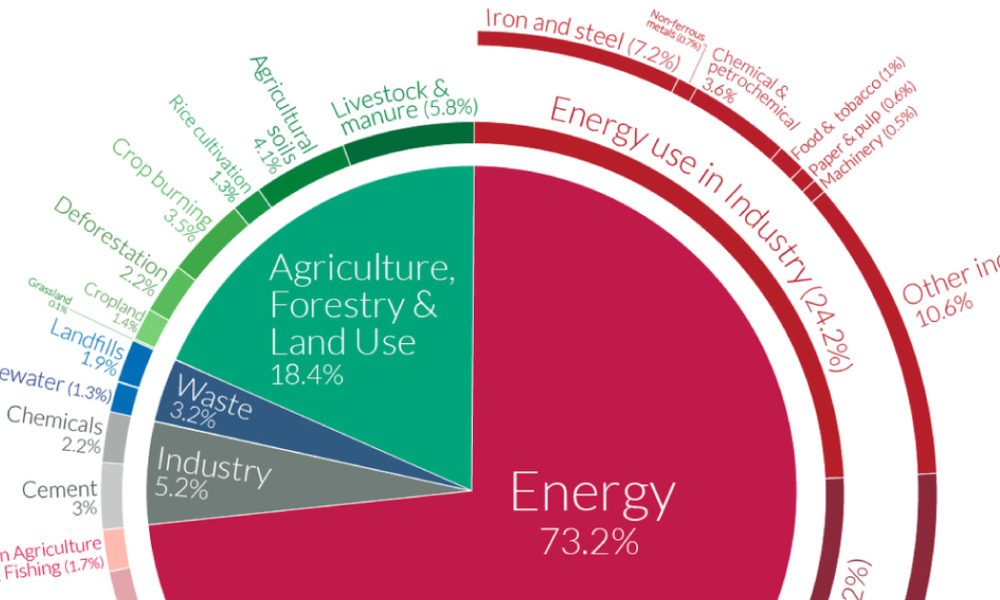



A Global Breakdown Of Greenhouse Gas Emissions By Sector



Observed Trends In Total Global Greenhouse Gas Concentrations Including Aerosols European Environment Agency



Truevaluemetrics Impact Accounting For The 21st Century
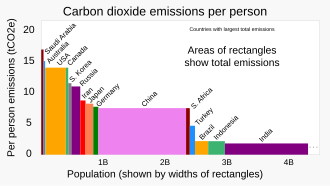



List Of Countries By Greenhouse Gas Emissions Per Person Wikipedia
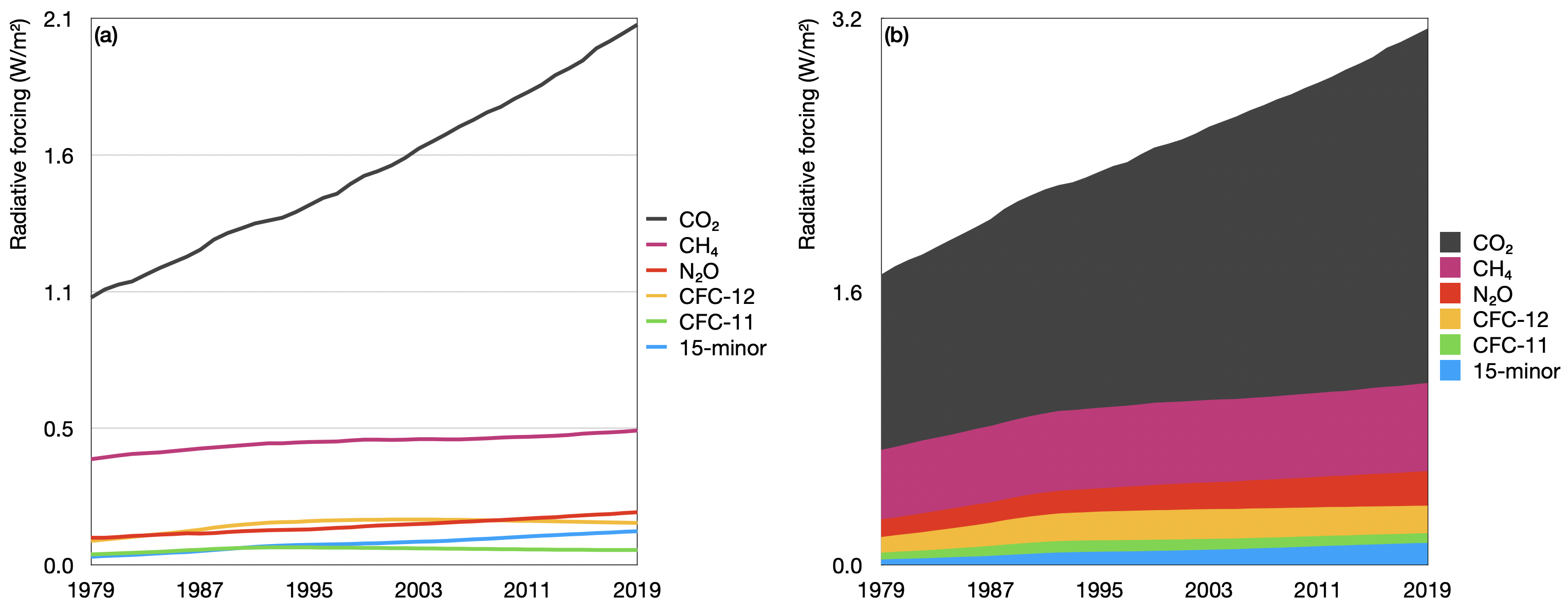



Greenhouse Gas Emissions World Energy Data



Emissions By Sector Our World In Data



The Greenhouse Effect
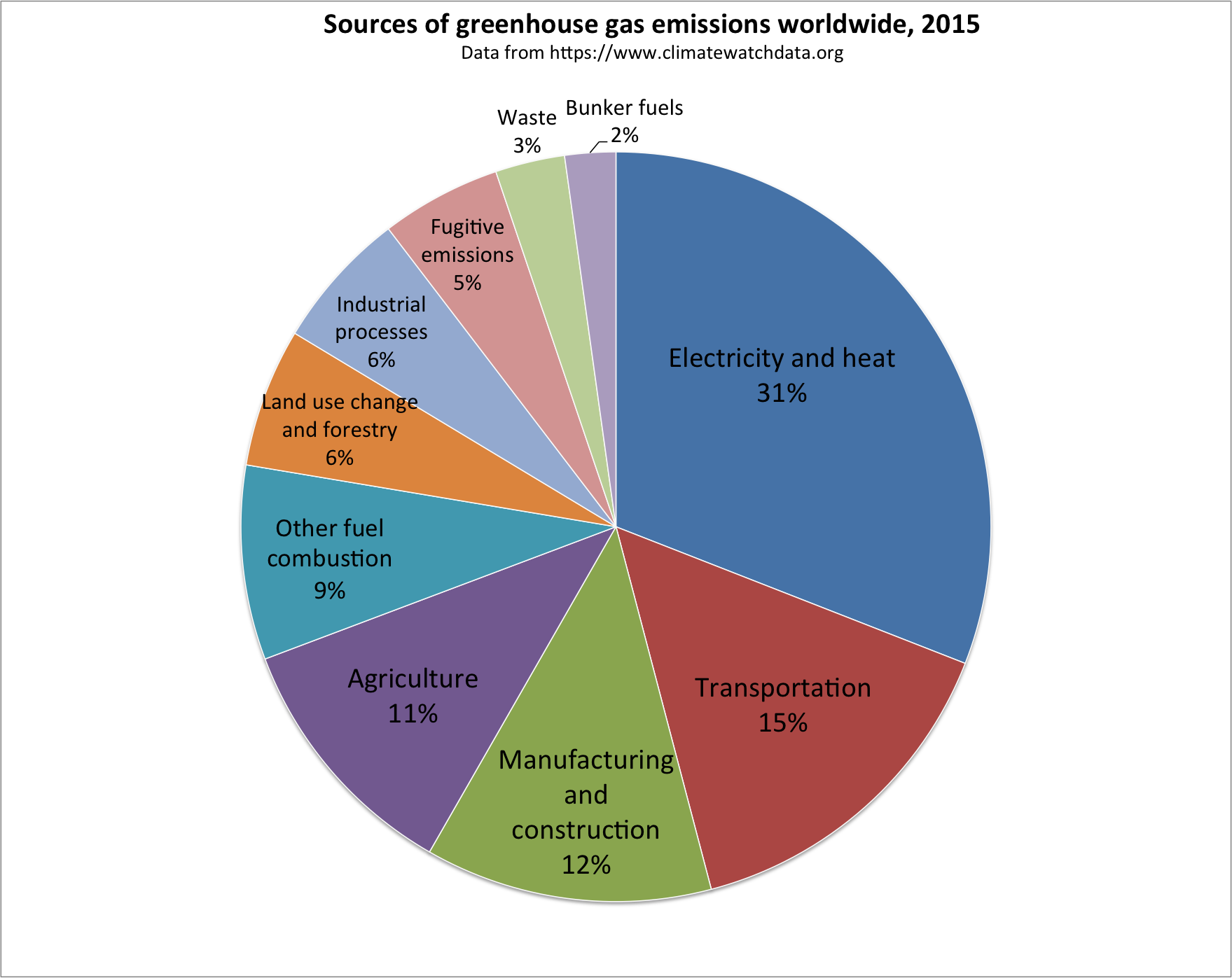



Worldwide Sources Greenhouse Gas Png




File Global Human Greenhouse Gas Emissions By Sector 16 Png Wikipedia
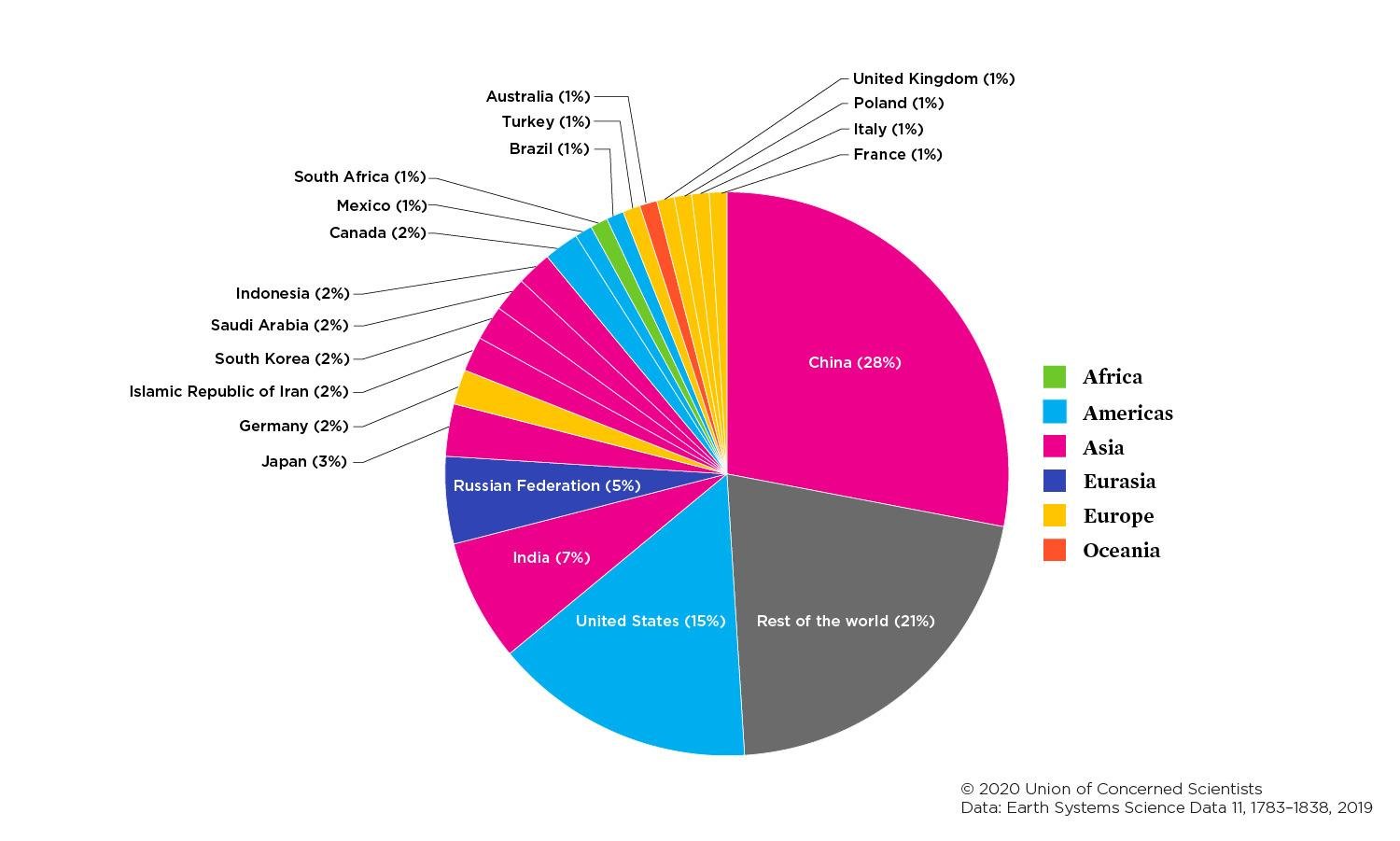



Each Country S Share Of Co2 Emissions Union Of Concerned Scientists




Global Greenhouse Gas Emissions In The Unmitigated Reference Download Scientific Diagram
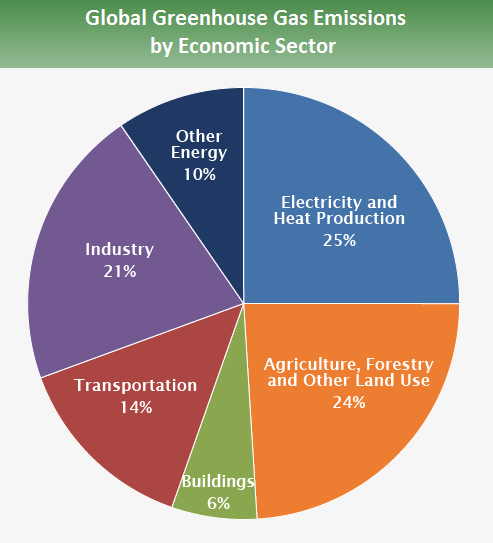



Global Greenhouse Gas Emissions Data Us Epa




Carbon Footprint Factsheet Center For Sustainable Systems
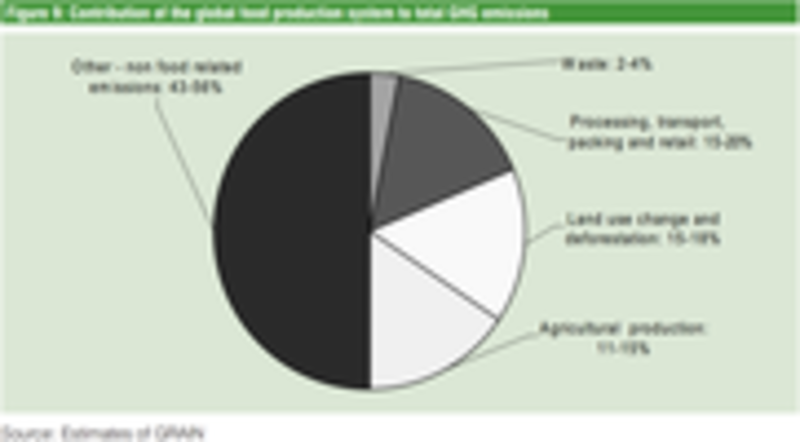



Grain How Much Of World S Greenhouse Gas Emissions Come From Agriculture
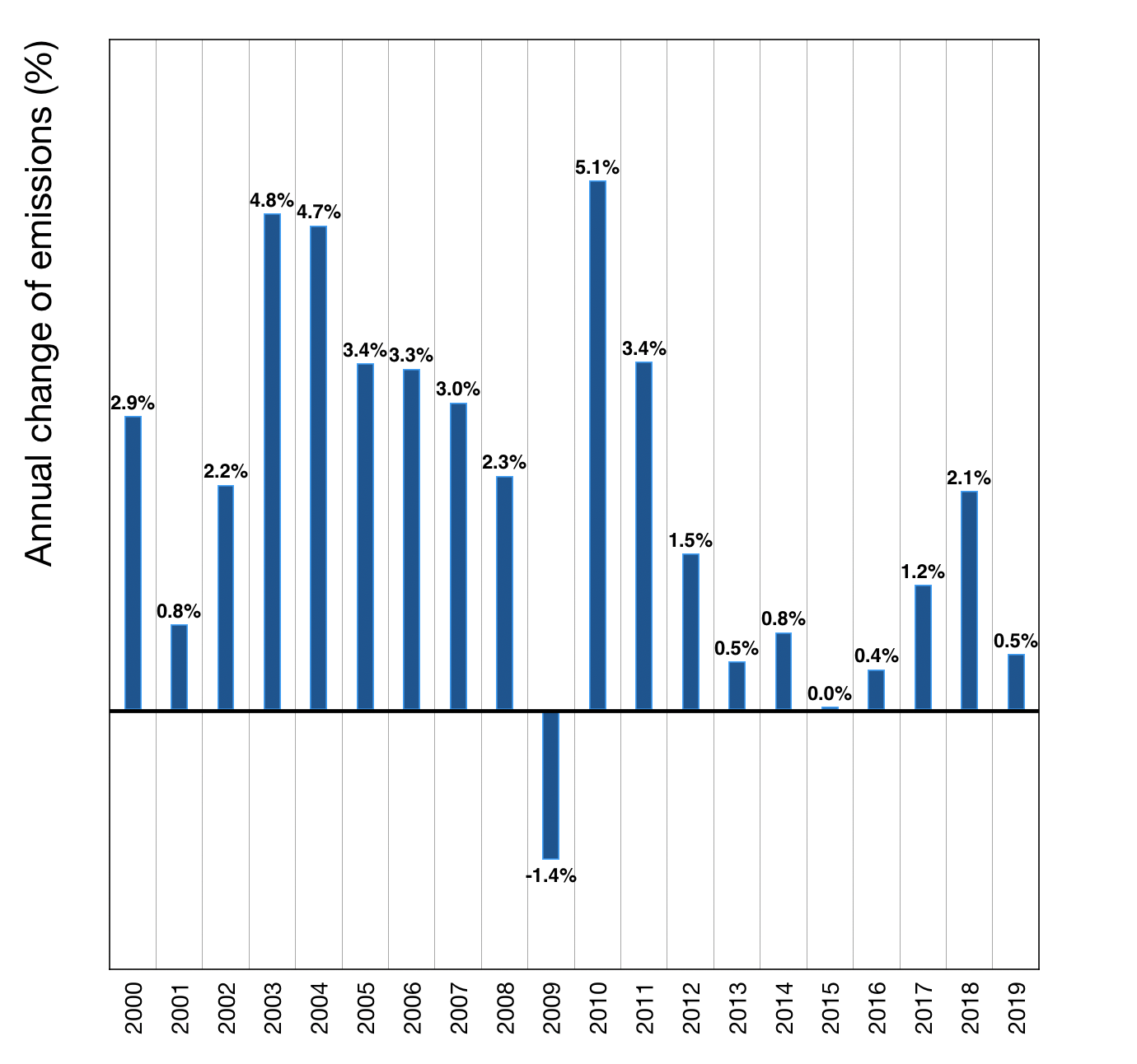



Greenhouse Gas Emissions World Energy Data




Greenhouse Gas Concentrations Surge To New Record World Meteorological Organization
コメント
コメントを投稿